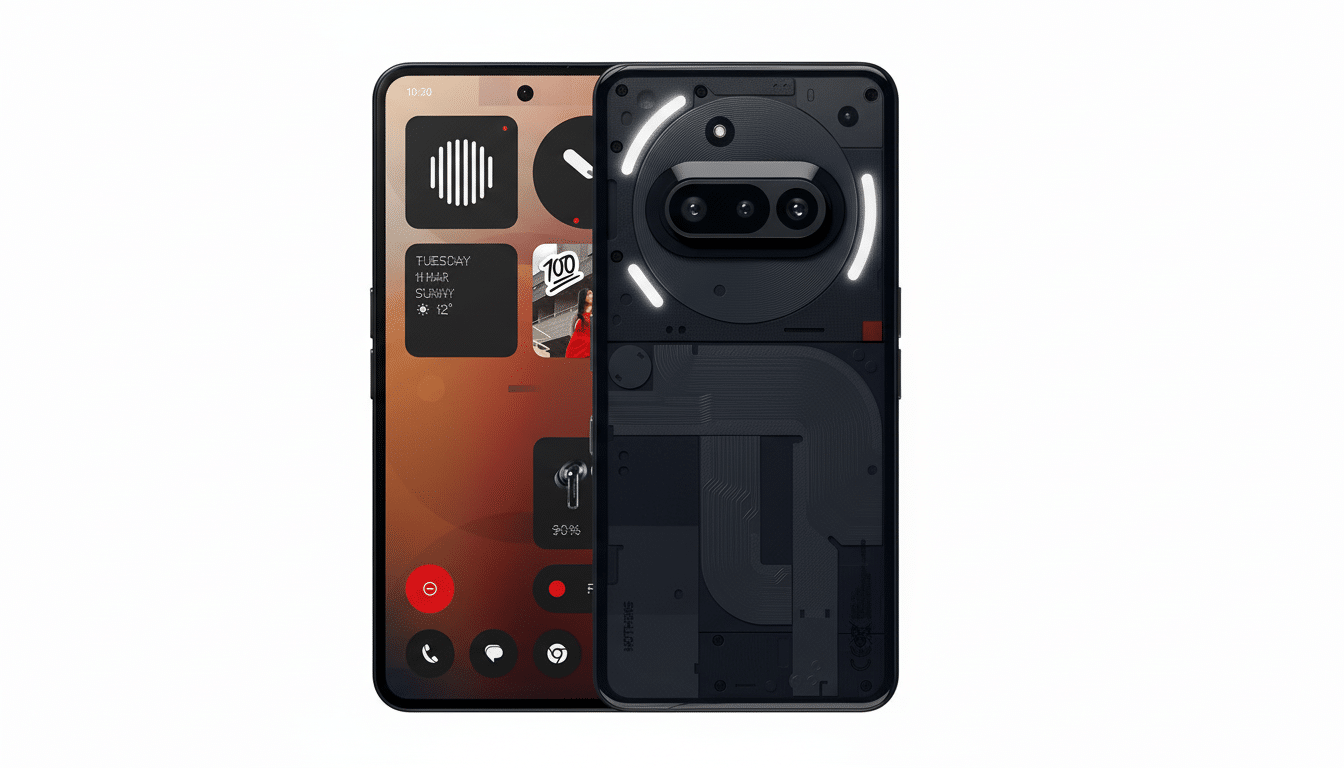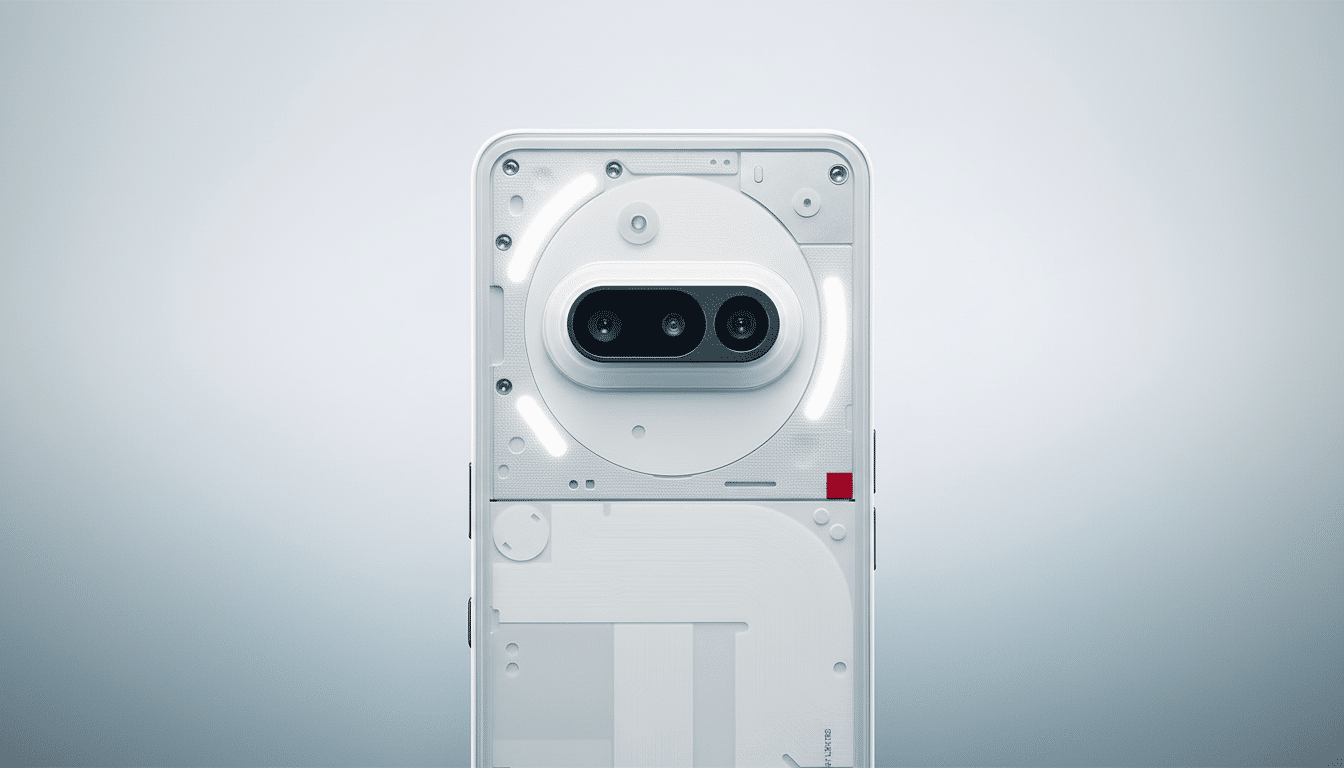It’s making a concession on bloatware in response to user backlash and says its upcoming Nothing OS 4.0 beta builds for the Phone (3a) range will let owners disable and uninstall preloaded Facebook and Instagram, as well as the Meta background services they rely upon.
It’s an important concession, but a small one; the company will still preinstall some partners’ apps onto non-flagship devices.

What Nothing Is Changing in Its Preload Policy
The company said in a statement that soon users will be able to uninstall the Meta apps and the system components lying underneath, addressing a long-standing complaint that even when users disable or delete the visible app, low-level services remain. The uninstall feature will be rolled out as part of the Nothing OS 4.0 beta by the end of June.
If done as proposed, that is one step beyond the status quo. For the most part, Android manufacturers allow users to uninstall the Facebook and Instagram apps but spare companion services that could continue running or reappear after updates. Providing the ability for consumers to strip out those parts as well would give Nothing buyers more choice than many rival devices.
The Catch for Midrange Buyers Amid Preload Deals
Nothing isn’t abandoning preload deals. The company repeated that most of its mid-range and entry-level phones, such as the Phone (3a) range and models in its CMF sub-brand, fully adhere to this process and indeed will still come with partner apps preinstalled on the device, wherever they are purchased. It characterizes the move as a financial imperative for devices with razor-thin hardware margins.
Regional differences remain. The company has already said TikTok will be preloaded by default in the UK, Europe, and Japan. The new uninstall policy specifically targets Meta apps, so there’s no specific reference to whether TikTok (and the other services with which it is linked) will be removable in a similar manner.
How This Compares to Industry Norms for Android
Preloads are a standard across Android, especially on lower- and mid-tier devices. Samsung, Xiaomi, and numerous carrier-branded models bundle in a bunch of third-party titles (pictured above), and most leave behind background components even after “removing” an app. In that sense, the ability to remove Meta system services would be one of the more user-friendly solutions from this perspective, even if the apps came preinstalled in any case.
Regulatory pressures are also influencing what is expected. The competition guidance of the European Commission and the spirit of the DMA have already nudged platforms toward easy app uninstallation and clearer “choice screens.” While Nothing isn’t advertising itself as a gatekeeper, the general trend is toward letting users decide what to keep on their phones. This update inches the company closer to that approach without fully adopting it.

Privacy and Lock Screen Ads Raise New Questions
The company has long positioned its software as clean and privacy-friendly, making the recent run of pre-installs even more curious—especially amid news of a new lock screen ad framework introduced by Xiaomi.
Nothing mentioned that these lock screen choices are disabled by default and only appear once users opt in; however, it has not answered whether the underlying service behind them can be uninstalled. That move will make privacy-thirsty buyers wary.
Then there’s the practical issue of performance and telemetry. There’s no disputing that pre-installs make popular apps load faster (according to the asset, which is already on your device). Critics say the speed advantage is rather modest, and background services can contribute to complexity and even data harvesting. Allowing Meta components to be fully removed is a concession to concerns about the preload strategy at large, however.
Why the Economics of Preloads Still Matter
That’s in part because preload partnerships and on-device promotions are a long-time business model for manufacturers, particularly in price-sensitive tiers. Analysts at companies such as IDC and Counterpoint Research say that software monetization helps keep sticker prices in check while component costs are going up. Nothing’s reasoning lines up with that industry fact, even if it opposes the minimalist, software-sleek image its brand wants to project.
Other brands have pushed this model to its limits. Xiaomi has a history of serving ads in system apps on certain MIUI builds, and numerous other vendors have played around with lock screen content feeds that monetize the user’s attention. Backlash from consumers can be swift if these features feel intrusive, which is why opt-in controls and true uninstall solutions are increasingly table stakes.
What to Watch Next as Nothing Rolls Out Changes
Now, the questions are of execution and reach. Will uninstalling remove every single Meta component neatly without causing system instability or issues after updates, and will the option be available for other preloads such as TikTok? A transparent setup flow that prompts people during the onboarding process to choose their partner apps might help take that half-step much further.
For now, Nothing’s action is progress, not a solution. Phone (3a) series users should soon have some significant control over Meta software, but broader bloatware approaches live on in devices that aren’t flagships. The tension between pragmatic economics and user-first software is still the company’s tightrope to walk.

